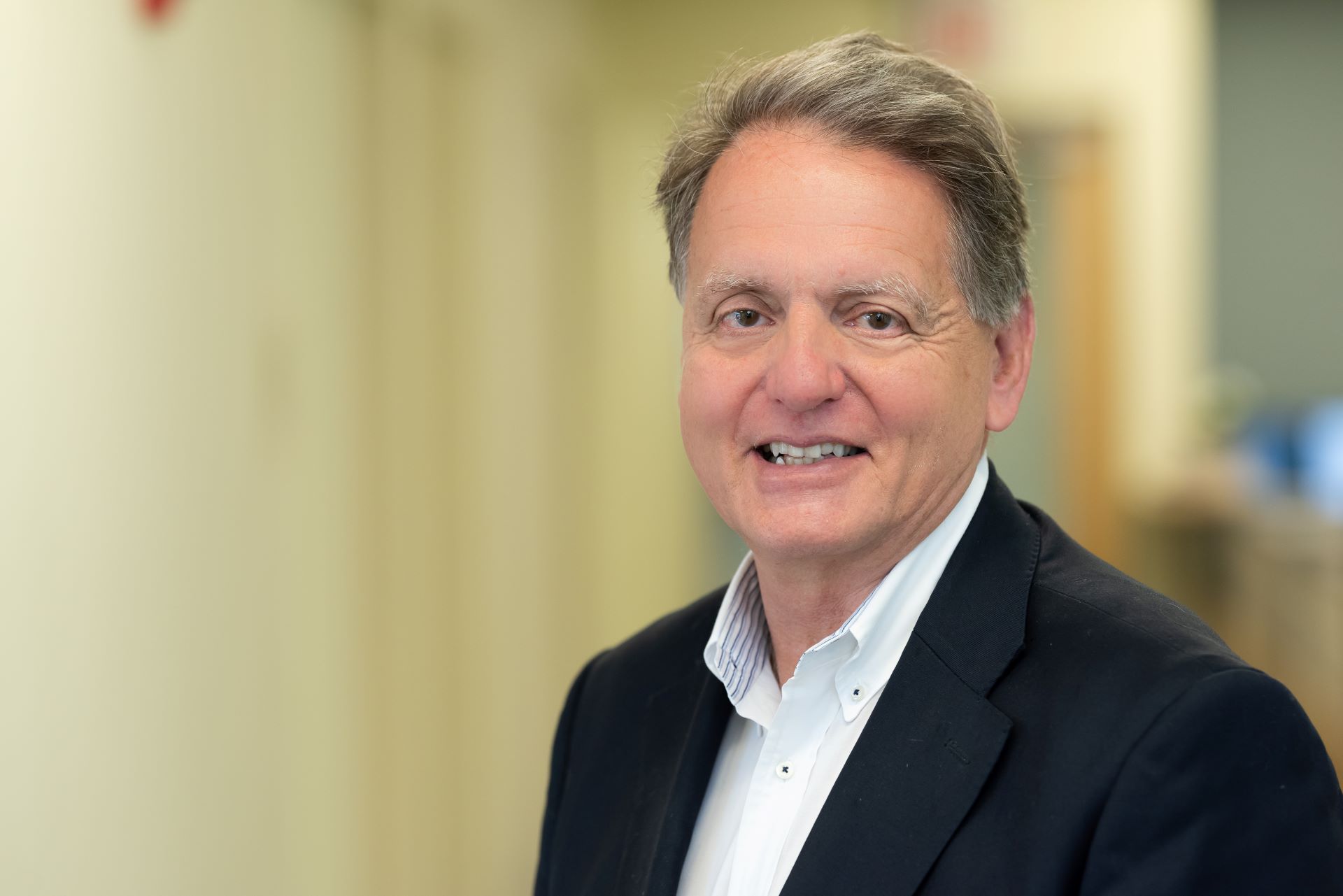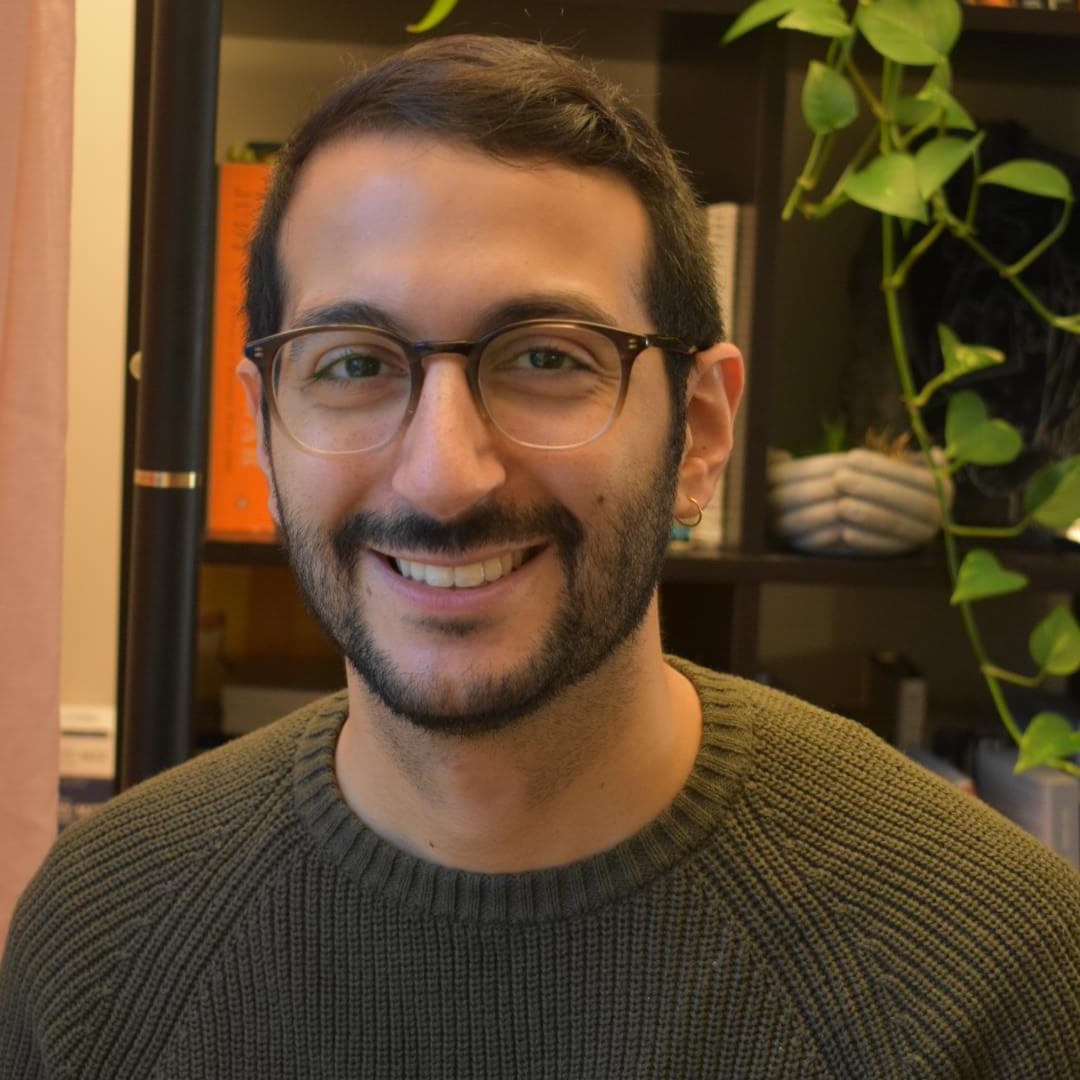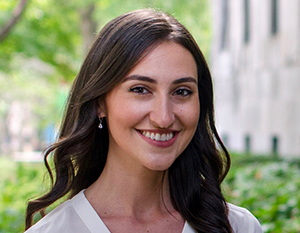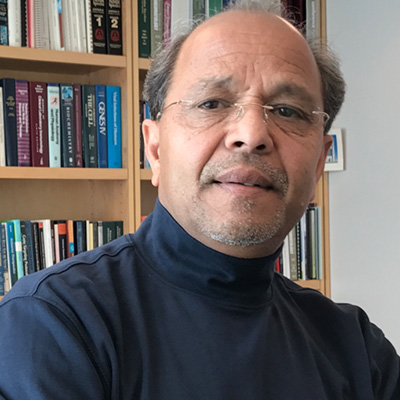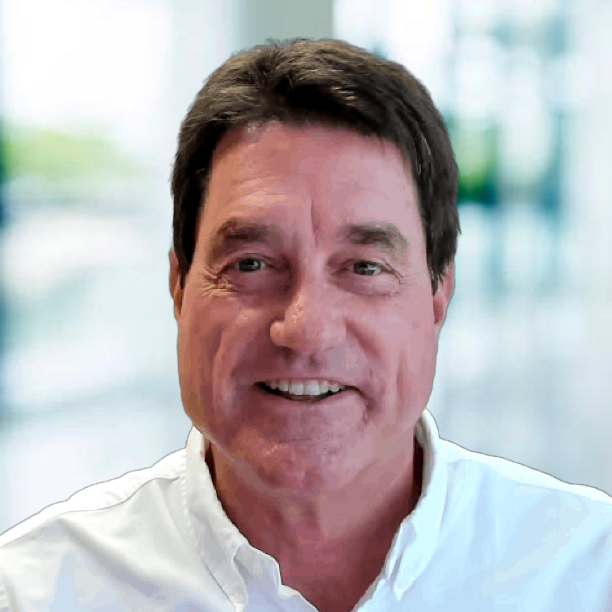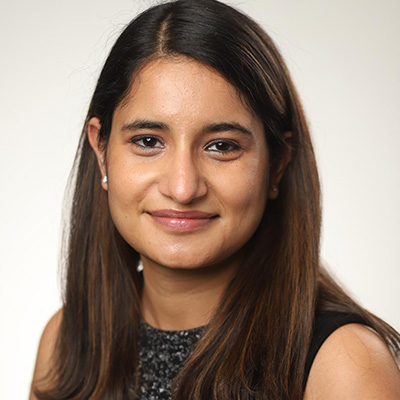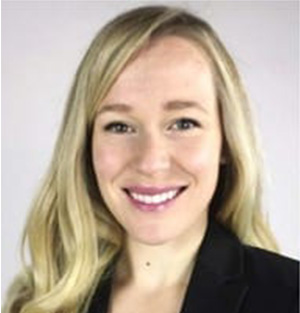
Looking for something?

Maire Fiona Osborn, Ph.D.
Postdoctoral Associate, RNA Therapeutics Institute
University of Massachusetts Medical School
How did you become interested in the field of oligonucleotides?
I took a somewhat circuitous route to the field of oligonucleotide therapeutics. My interest in drug development began during my undergraduate training in chemistry at McGill University. I then moved cross-country to pursue graduate studies at the University of Oregon. During an early rotation with Dr. Jim Remington, I had the opportunity to crystallize and solve the structure of a pink GFP-family protein, which solidified my enthusiasm for structural biology. My graduate work with Dr. Vickie DeRose involved a biochemical investigation of cellular RNA crosslinking and structural/functional perturbation by platinum (II) anticancer therapeutics. During this time, I frequently attended the RNA Society meetings, and realized that I could combine my dual interests in RNA and drug development within the field of RNA therapeutics. This led me to pursue a postdoctoral position with Dr. Anastasia Khvorova at the RNA Therapeutics Institute at UMass Medical School, where I am happily working today.
Who were your early mentors?
I am grateful to have had a number of mentors throughout my early career:
Dr. Vickie DeRose (Ph.D. supervisor, Univ. of Oregon): Vickie is an exceptional bioinorganic chemist, mentor, and teacher. She catalyzed my research career by providing me with the opportunity to present my work both in the U.S. and internationally.
Dr. Jim McSwiggen (CEO, the RNA Society): I currently work with Jim as the RNA Society’s Chair of Business Development. Jim has had an outstanding and impactful career in RNA therapeutics, and is an overwhelmingly supportive advisor. He was also the one who suggested that I work with Anastasia following completion of my Ph.D. (Thanks!)
Dr. Anastasia Khvorova (Postdoctoral supervisor, UMMS): Anastasia is a brilliant RNA scientist, and is continually challenging me to broaden my expertise, balance numerous projects, and manage collaborations on my way to becoming an independent researcher.
I would also like to acknowledge my co-advisor, Dr. Neil Aronin (Prof. of Medicine, UMMS) who continues to be an invaluable intellectual resource.
How did you become involved in OTS?
I was first introduced to OTS at the 2014 meeting in San Diego. I had a two-fold purpose for attending: first, to present the preliminary research I had generated as a new postdoc, and second, to act as a liaison between the RNA Society and the OTS. The RNA Society is an interdisciplinary, intellectual home for researchers interested in all aspects of RNA biology, but currently underrepresented in its membership by those from industry. I, and others, believed that fostering a partnership between the Societies would be mutually beneficial both from the standpoint of exchanging ideas and in educating the next generation of oligonucleotide scientists. This partnership was launched at the 2015 RNA Society meeting, where Dr. Brett Monia chaired a very successful workshop on RNA therapeutics – so successful that it has been upgraded to a full session for the 2016 meeting, which is being organized by Dr. Anastasia Khvorova.
Why do you continue to support the OTS?
In addition to my interest in promoting crossover between the RNA Society and OTS, the OTS annual meetings provide a collegial and stimulating environment for exchanging ideas, networking, and sharing innovative nucleic acid research. I am inspired each year by the swift advances in the translation of basic RNA biology and chemistry to groundbreaking clinical work.
What is special about the type of research/work you’ve done?
The goal of my postdoctoral research is to address some of the fundamental challenges facing therapeutic RNA delivery, with particular emphasis on brain delivery for the treatment of Huntington’s disease and glioblastoma. The strength of the research program in the Khvorova lab is our expertise in applying a diversity of techniques for siRNA conjugation, formulation, modification, and trafficking. It is incredibly beneficial to compare these methods side-by-side, and to be able to optimize the chemistry for your particular application.
What do you like to do in your free time?
I am an avid cyclist and have competed in most disciplines over the past six years (USA Cycling Category 2 road, mountain, and cyclocross). When not on two wheels, I love exploring the outdoors – either hiking or skiing.


